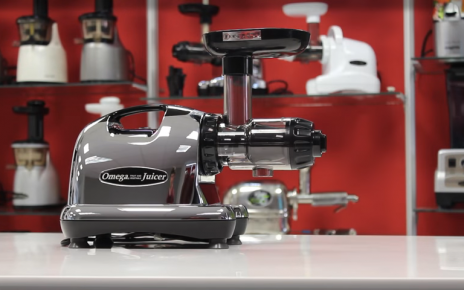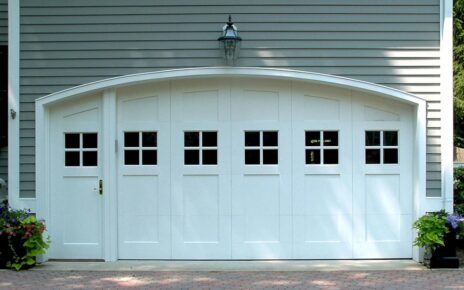A Deed of Trust is a legal document used in real estate transactions to secure a loan on a property. It involves three parties: the lender, the borrower, and a third-party trustee. A Deed of Trust adds the trustee as a neutral agent to oversee the process.
The original Deed of Trust is typically held by the trustee named in the document, although both the lender and the borrower will usually retain copies too. The trustee plays an important role in the deed of trust arrangement, as they act as a neutral third party overseeing the interests of both the lender and the borrower.
Mortgage vs Deed of Trust
In a mortgage, only two parties are involved: the lender and the borrower. On the other hand, a Deed of Trust involves three parties: the trustee, lender, and borrower. The legal title of the property is held by a trustee until the loan is repaid, providing an added layer of security for the lender. Unlike a mortgage, a Deed of Trust allows for non-judicial foreclosure, enabling the trustee to initiate foreclosure without court involvement, creating a quicker process.
Ensure you get legal advice before embarking on a Deed of Trust and use a specialist solicitor such as https://www.samconveyancing.co.uk/news/conveyancing/deed-of-trust-4378 who can comply with all the legal requirements.
Considerations when contemplating a Deed of Trust:
1. Financial Stability: If you’re using a deed of trust for third-party financing, ensure you have a stable income to meet mortgage payments promptly.
2. Co-Ownership Transparency: In cases of co-ownership, make sure that the trustee operates without personal interests or hidden agendas. Transparency in benefiting both owners is essential.
3. Flexibility of Agreement: A Deed of Trust remains flexible, and can be altered or overturned if all involved parties are in agreement.





